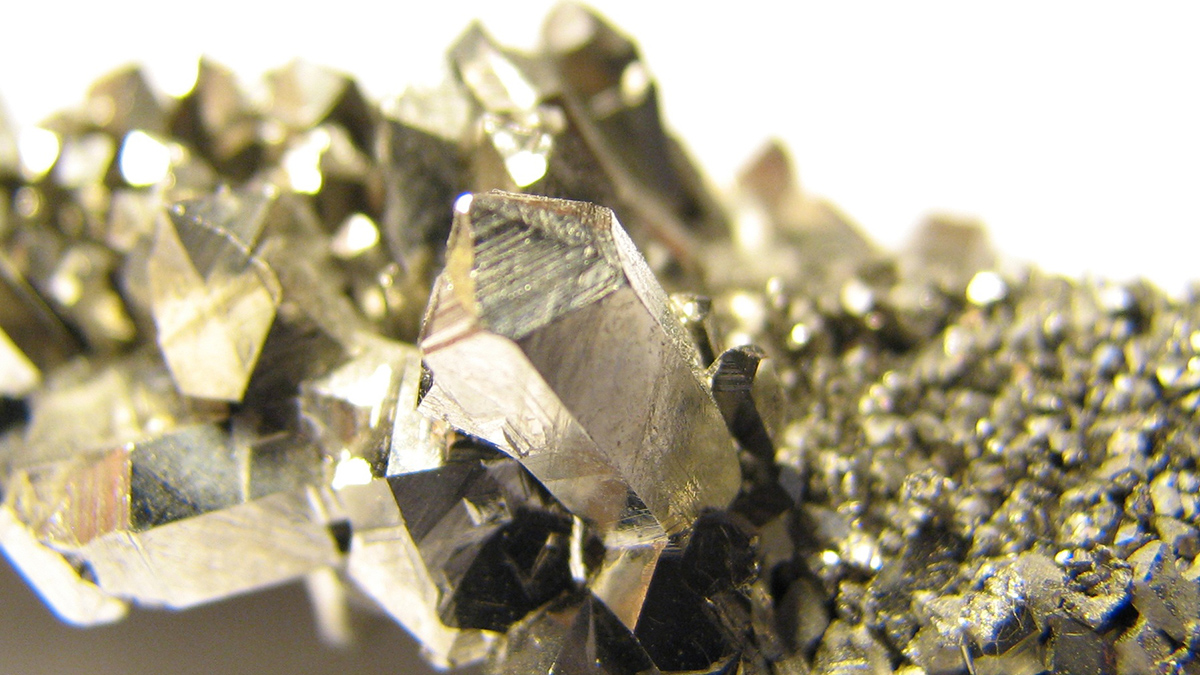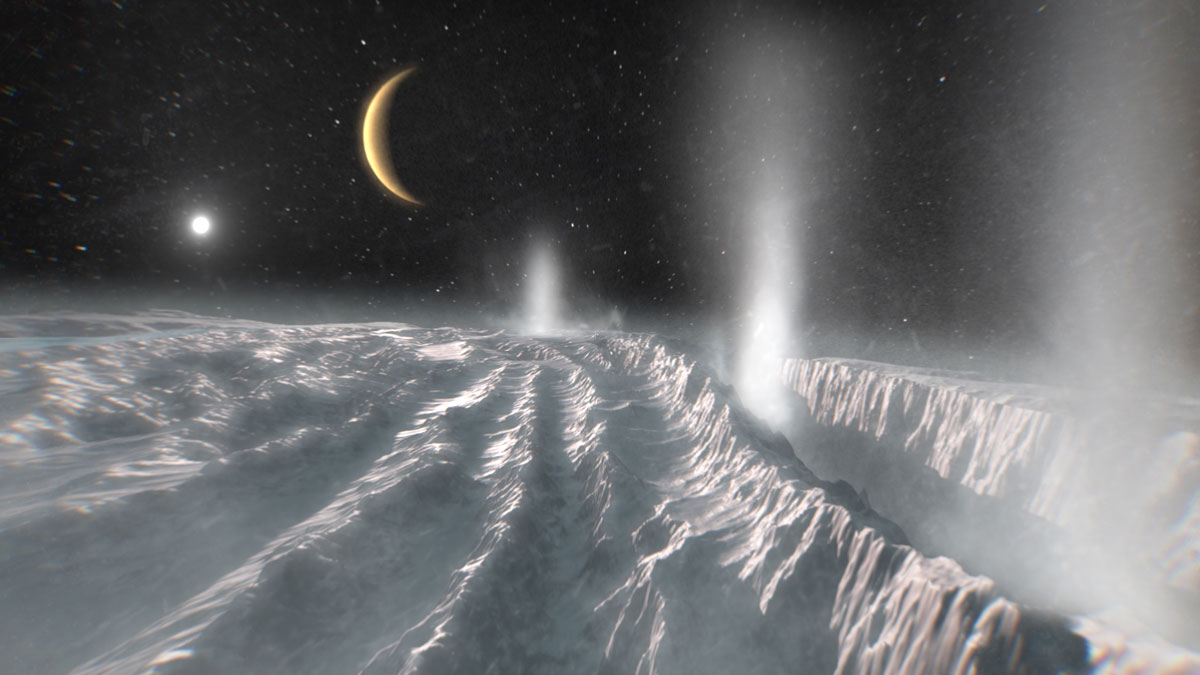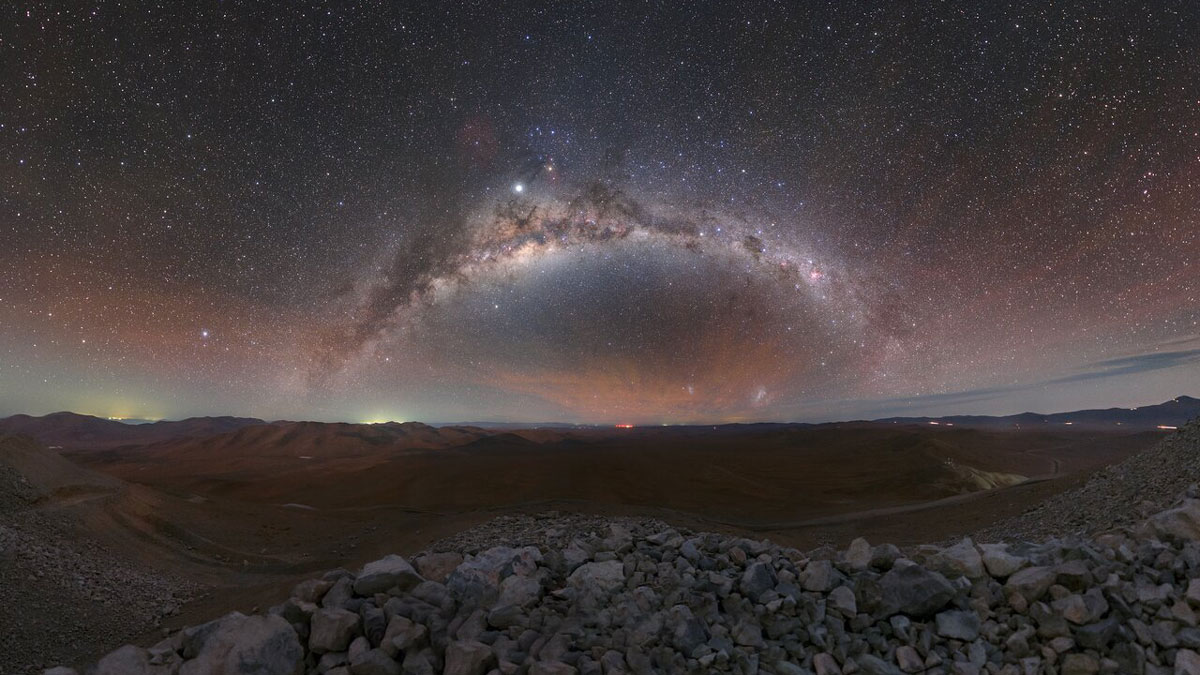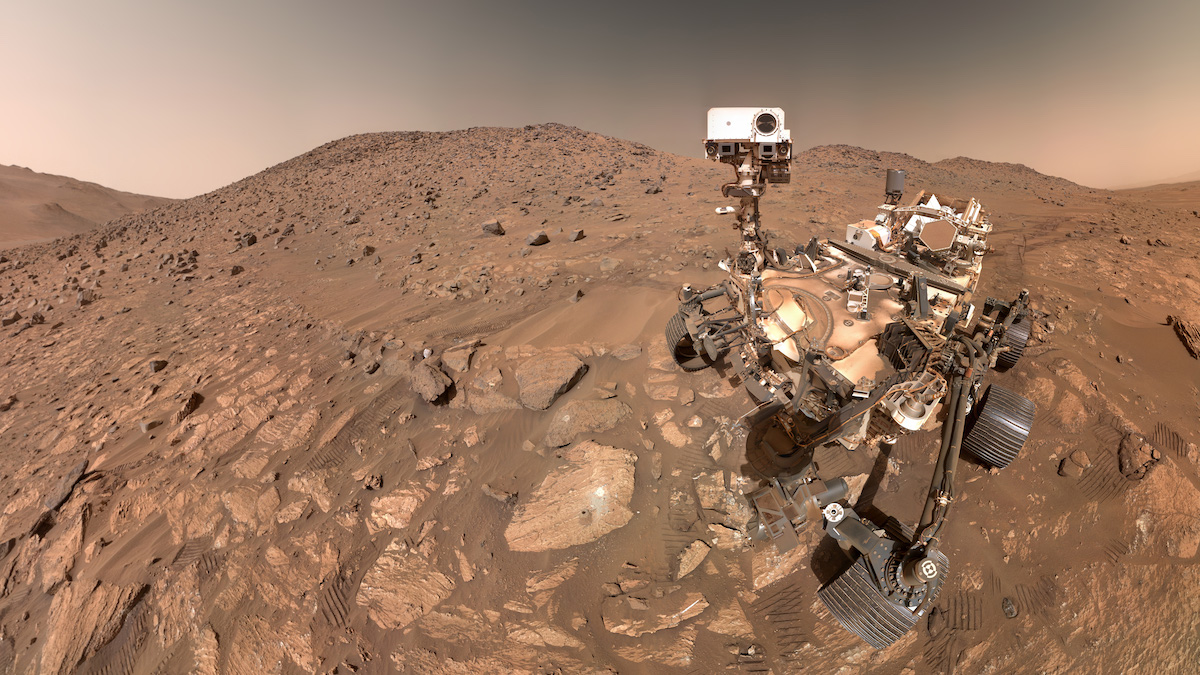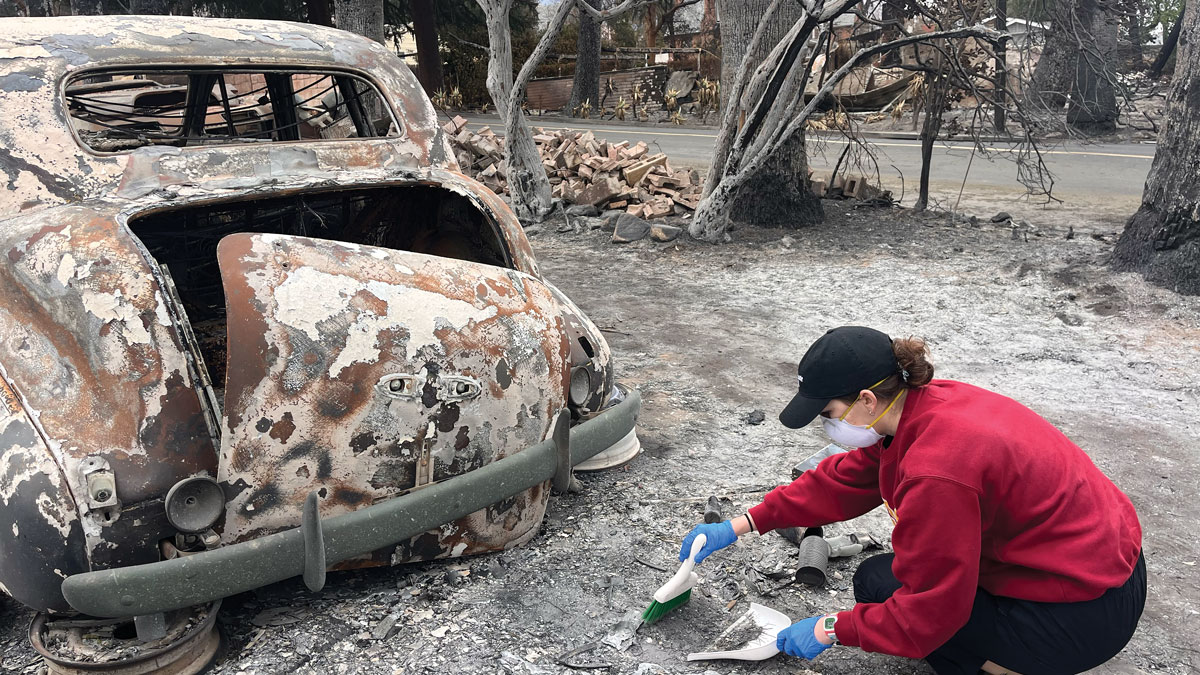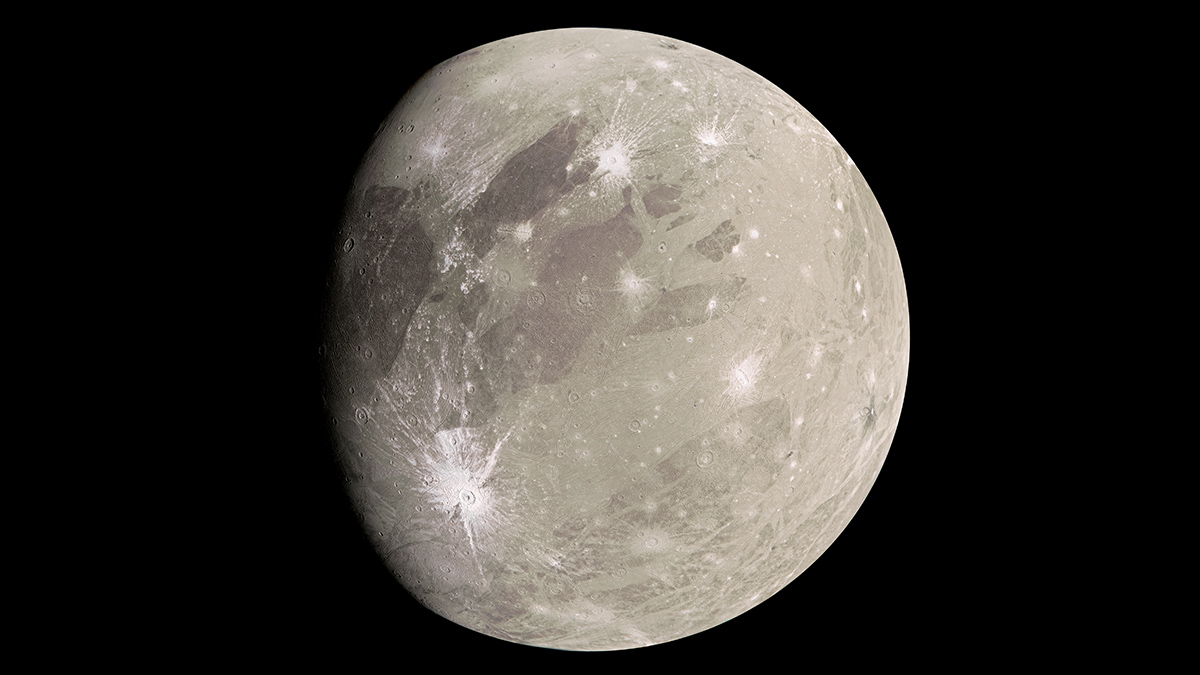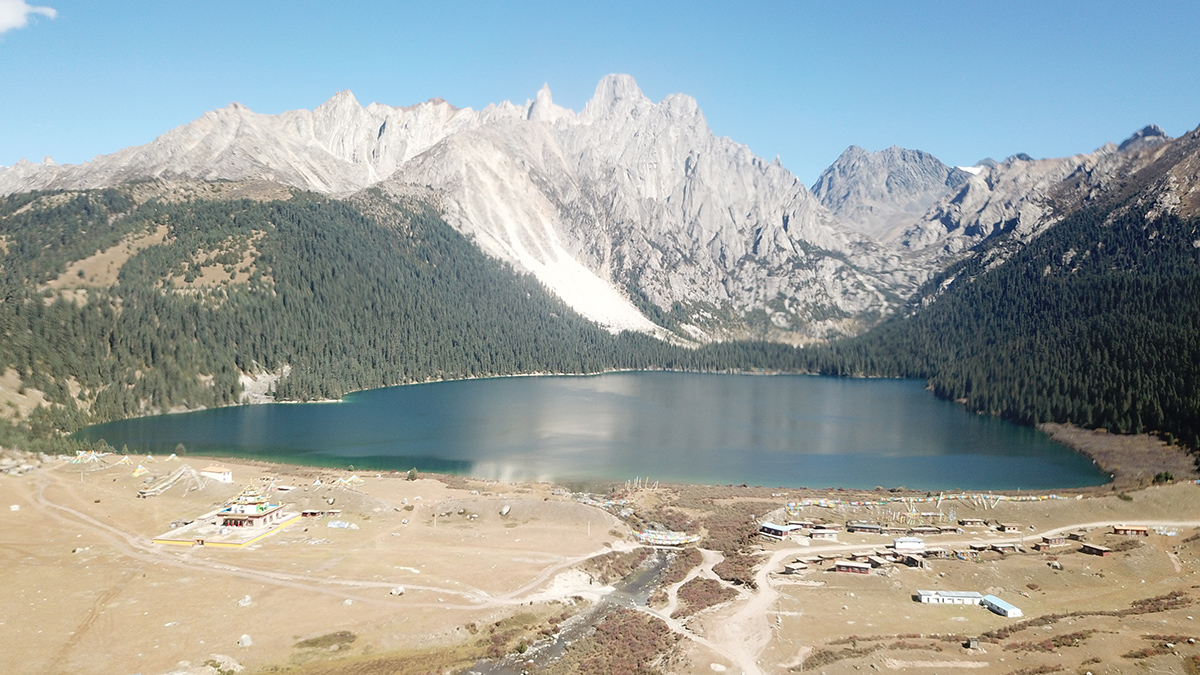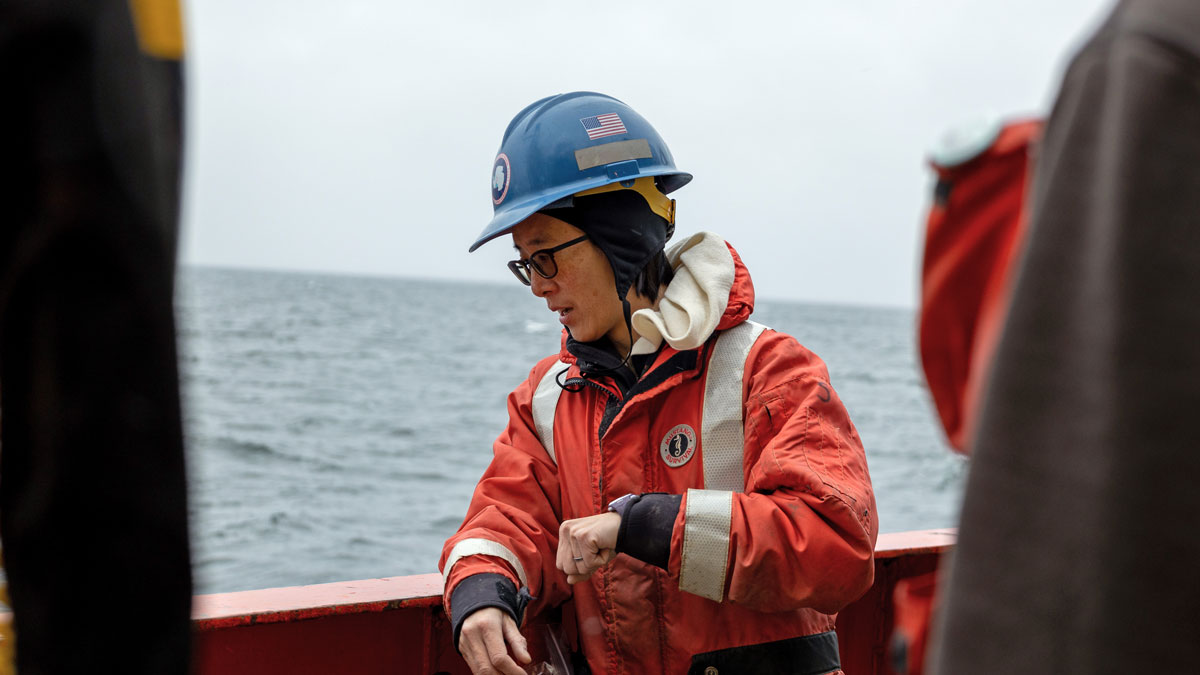A study of “weird” Australian rocks suggests stores of niobium rose to the surface during the breakup of the supercontinent Rodinia.
geochemistry
Space Radiation Can Produce Some Organic Molecules Detected on Icy Moons
As missions prepare to visit ocean worlds like Enceladus and Europa, new findings show scientists must first learn to distinguish between radiation-made organics and those born in a subsurface sea.
Zircon Crystals Could Reveal Earth’s Path Among the Stars
Researchers found signs of melting in zircon crystals in the crust that correspond to our planet’s journey through the galaxy’s spiral arms.
Shallow Injection Imperfectly Filters Florida Wastewater
Injection of wastewater into shallow wells is meant to filter nutrients like nitrogen and phosphorus out of the wastewater. But a new study suggests that nutrients aren’t entirely eliminated—and may be polluting coastal waters.
Perseverance Sample Shows Possible Evidence of Ancient Martian Microbial Metabolisms
A sample collected in July 2024 by NASA’s Perseverance Mars rover may be “the closest we’ve actually come to discovering ancient life on Mars,” according to Nicky Fox, the science head of NASA.
When Disaster Science Strikes Close to Home
How have scientists across Los Angeles used their skills to help their communities recover from the 2025 fires?
Burning Urban and Wild Land Alike
When more densely populated Altadena and Pacific Palisades burned along with surrounding wildlands, hazards for residents didn’t stop when the fires were contained.
Infrared Instruments Could Spot Exotic Ice on Other Worlds
Phases of ice that exist naturally only on frozen moons could be detected using infrared spectroscopy, according to new laboratory experiments.
地震如何改变湖泊微生物群落
提示:地震发生后,湖泊的地质、化学和生物成分会重新配置。一项新的研究深入探讨了地震变化对喜马拉雅地区措普湖的影响。
Phoebe Lam: Embracing the Ocean’s Complexities
A generalist at heart, this geochemist is unraveling the mysteries of the ocean’s chemical cycling.

